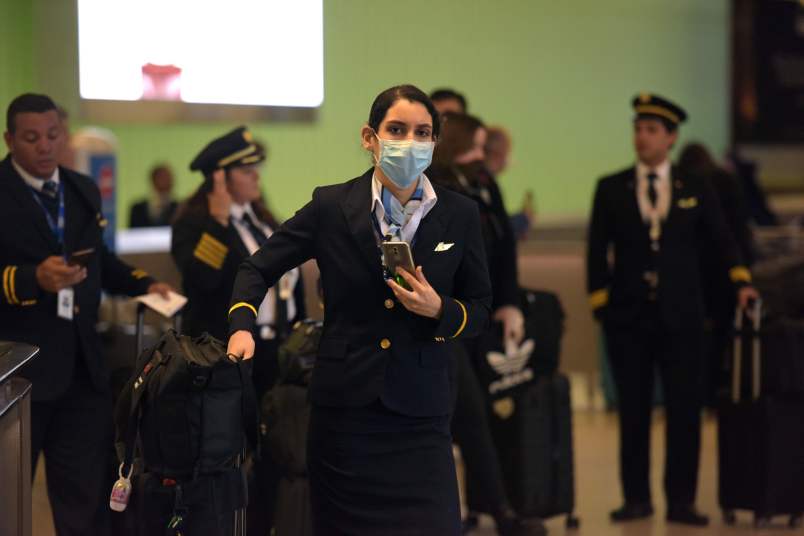As folks struggle to get their heads around how long the fight to “flatten the curve” might have to last to be truly effective, Josh Kovensky has a new story out framing up how to think about an essential paradox of the fight against COVID-19.
All else being equal, a successful mitigation strategy will tend to require sustaining extreme measures for longer than if we simply endure a short, fast, and brutal blitz of cases that overwhelm the health care system. As Josh puts it, it’s the difference between a tsunami and an extended high tide. Understanding that dynamic helps to begin to come to grips with how long the current disruptions may have to last.
That said, some expert readers responded to the story noting some other advantages to slowing COVID-19 down. They make some good points.
Before I get to the email from TPM Reader SW, I would just caveat that we weren’t presenting it as a tradeoff, as SW suggests. That’s the wrong way to think about it, because the alternative is more COVID-19 deaths. That’s not a viable alternative. The story is about why a mitigation strategy could take a while. But SW makes some other good points:
In the piece “How long will this take,” flattening the curve was presented as a simple trade-off between getting this thing over quickly and overwhelming the health care delivery system. I would point out that it is more complicated than that and that there are advantages to flattening the curve that were not captured in that piece.
Spreading this out over time, although inconvenient may have advantages beyond relieving the strain on the hospitals and healthcare workers. There may be therapeutics developed long before a vaccine. Therapeutics may be months away rather than years. We don’t know about the seasonality or not of this virus. We might get lucky. There is a lot that we don’t know about it. The longer we can stretch it out, the more time we have to learn about it both its behavior and potential treatment strategies.
TPM Reader MC was also quick to point to the possible advantages of buying time:
As a scientist (an environmental scientist, not an epidemiologist, so speaking in terms of general scientific principles), I feel the need to urge caution regarding the following statement in Josh Kovensky’s piece entitled “How Long Will This Last?”:
“To rephrase that: if the policy succeeds, the same number of people will likely get sick, just over a longer period of time.”
I understand TPM’s editorial stance of wanting to be as frank as possible about what we are facing. It is indeed possible that this statement may prove true, but it is by no means a scientific certainty, and there is some room for cautious optimism if the drastic measures now underway are relatively successful in curbing the spread of COVID-19. It is important that the possibility of a relatively better outcome, due to our collective actions in coming weeks, not be seen as a hopeless proposition.
Alternatively to merely spreading out the same number of infections, there are factors that could allow the measures being rapidly adopted worldwide to significantly or even drastically reduce that ultimate number. The fact is we don’t know enough about the behavior of this particular virus yet to know with any remote certainty how this will play out. But it is clear that with the global scientific resources being dedicated with unprecedented intensity on developing that understanding, we are likely to know much more as this critical period unfolds.
This raises the possibility that it may be the case, hopefully, that significant mitigating factors may come to bear: factors that may be related to the nature of the virus and its interaction with humans (e.g. slowing the spread prevents reaching a critical mass that would trigger the worst effects), to environmental factors (e.g. that it may be a lesser threat in warmer months), and/or to the development of more effective response strategies (e.g. better preventative and therapeutic interventions based on lessons learned). That China has seen a significant drop-off in new infections over the past several weeks is the most significant real-world data suggesting that a relatively better ultimate outcome is possible, if we are able to pull together and take on the responsibility to which each of us are called as global citizens, in a situation none of us have seen in our lifetimes.
That said, please keep up the great work in providing the best objective information available to help us all meet this challenge.






